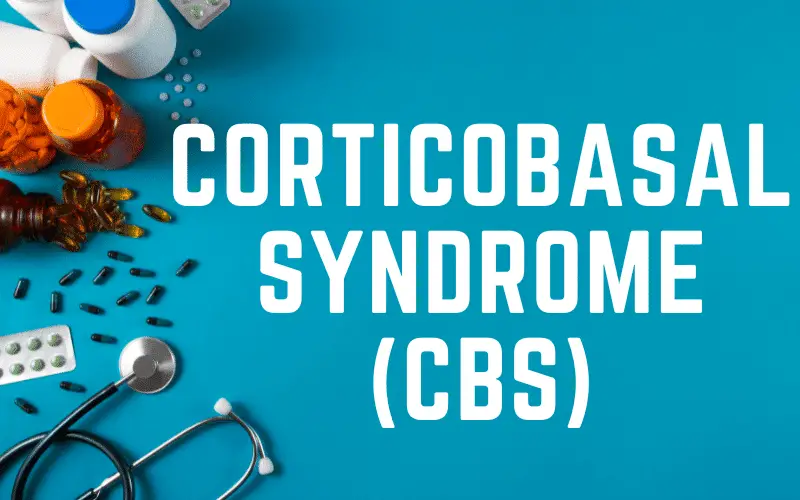Introduction: Entering the World of Corticobasal Syndrome

In the intricate tapestry of neurology, attention often drifts towards well-known conditions such as Alzheimer’s or Parkinson’s disease. Still, many other disorders, though less notorious, equally demand our focus and understanding. Among them is the intriguing condition known as Corticobasal Syndrome (CBS).
Corticobasal Syndrome, though lesser-known, is a complex and impactful neurological disorder that can significantly influence an individual’s quality of life. Recognizing its symptoms and understanding its progression can be a pivotal point for effective diagnosis, intervention, and management. With this article, we aim to shed light on this often-overlooked disorder, focusing particularly on its key symptoms.
In the following sections, we will delve into the top 10 symptoms of CBS. From motor impairment and rigidity to dystonia and myoclonus, we’ll guide you through each sign in detail, helping you gain a more in-depth understanding of this syndrome. We believe that comprehensive knowledge about CBS is crucial not only for individuals directly affected by the syndrome but also for those around them, from family members to caregivers and health professionals.
So, let’s pull back the curtain on Corticobasal Syndrome and delve deep into its hallmark symptoms.
Symptom 1: Motor Impairment: An Unexpected Hurdle

The journey through the complex landscape of CBS begins with a symptom as mysterious as it is frustrating: motor impairment. This term, seemingly plucked from a medical textbook, translates to the everyday experience of clumsiness or weakness, typically beginning in one limb before advancing to others.
At its core, motor impairment revolves around the diminished capacity to execute and control voluntary movements. This might manifest in a variety of ways, from difficulty in gripping objects to stumbling while walking. As CBS progresses, this impairment can turn into more advanced motor dysfunctions, like akinesia (absence of movement) or bradykinesia (slowness of movement).
Motor impairment in CBS doesn’t necessarily follow a predictable pattern. While it often begins in a single limb—arm or leg—it can eventually evolve into a more generalized condition. This unpredictability can add a layer of complexity to the diagnostic process, making CBS a puzzle that continues to perplex even the most seasoned medical minds.
In this complex labyrinth of motor impairment, CBS patients often find themselves at odds with their own bodies. Even simple tasks like buttoning a shirt or sipping a cup of tea can transform into Herculean challenges. The everyday world, once familiar, can morph into an obstacle course riddled with physical challenges. (1)